Practise dividing shapes and shading fraction models with this maths worksheet for year 2 and 3 students.
Practise Dividing Shapes Into Equal Parts
Understanding how to partition shapes into equal parts is an important concept students need to understand before diving further into fractions. Teach Starter has created a worksheet for your year 2 and 3 students to use when learning how to divide shapes into equal parts and shade a given number of pieces.
With this worksheet, students will practise dividing shapes into equal parts and then shading in a given number of pieces to represent a fraction. This worksheet challenges students to partition shapes other than circles and rectangles. Students will practice dividing hearts, triangles, trapezoids and more! Students will also read a variety of word problems and draw a visual model to represent a given scenario.
An answer key is included with your download to make grading fast and easy!
Tips for Differentiation + Scaffolding
In addition to independent student work time, use this worksheet as an activity for:
- Guided maths groups
- Lesson warm-up
- Lesson wrap-up
- Fast finishers
- Homework assignment
- Whole-class review (via smartboard)
If there are students who need an additional challenge, encourage them to represent each fraction on a number line.
For students who need additional support, consider using the editable version only to include circles and rectangles.
Easily Download & Print
Use the dropdown icon on the Download button to choose between the PDF or editable Google Slides version of this resource.
Because this resource includes an answer sheet, we recommend you print one copy of the entire file. Then, make photocopies of the blank worksheet for students to complete.
To save paper, we suggest printing this 2-page worksheet double-sided.
Turn this teaching resource into a sustainable activity by printing on cardboard and slipping it into a dry-erase sleeve. Students can record their answers with a whiteboard marker, then erase and reuse them.
Get more worksheets to have handy!
This resource was created by Cassandra Friesen, a Teach Starter Collaborator.
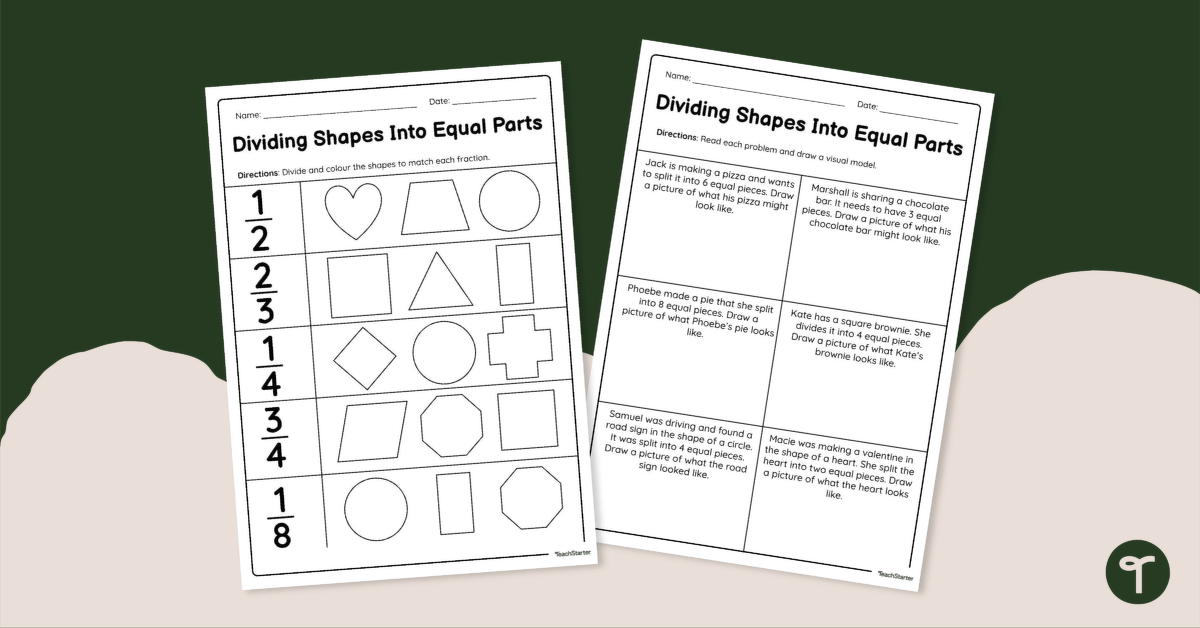
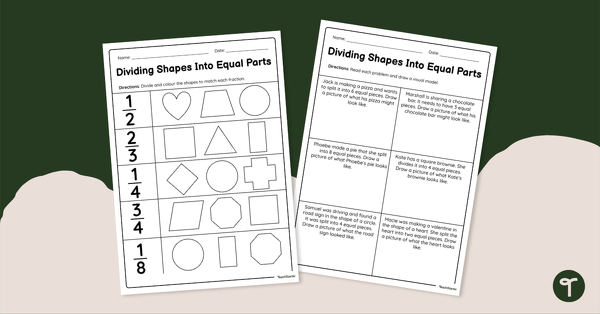

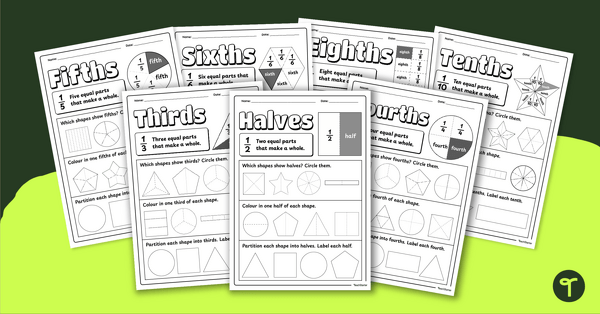
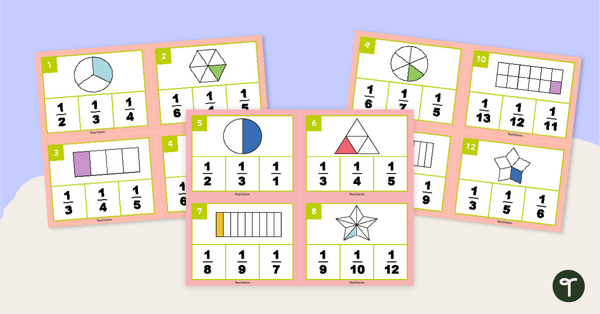
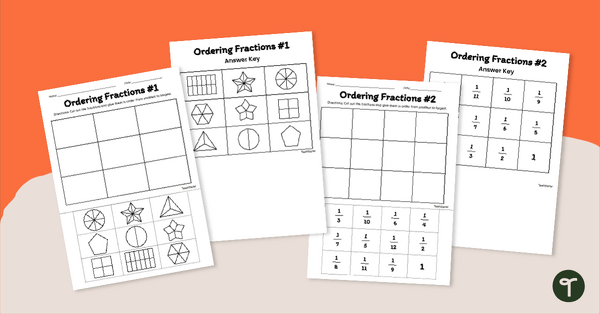
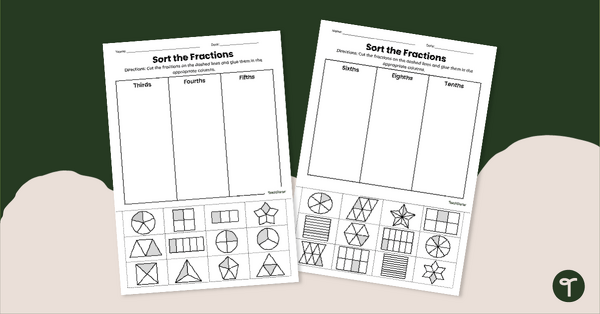
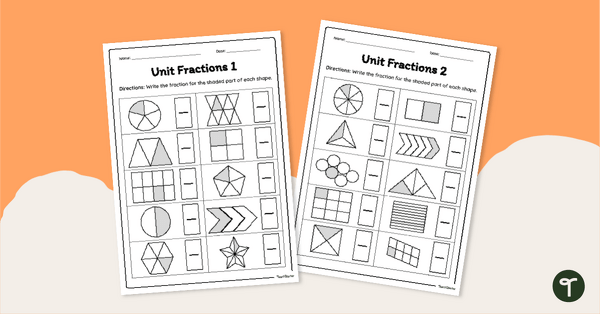
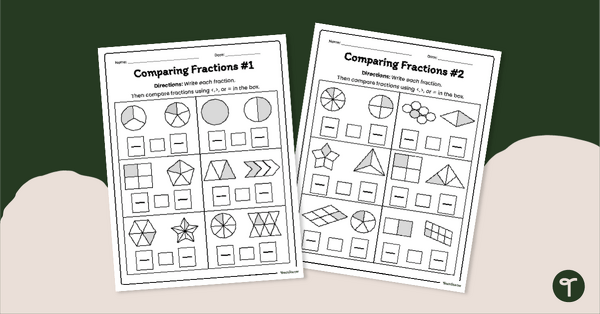
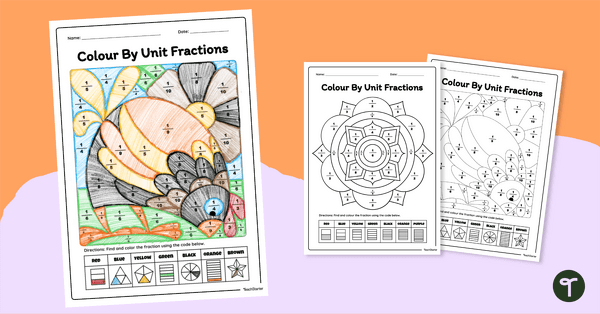
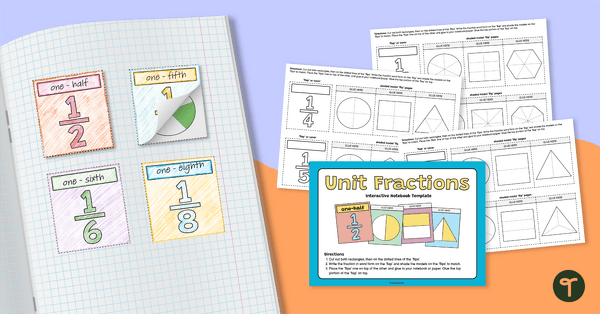
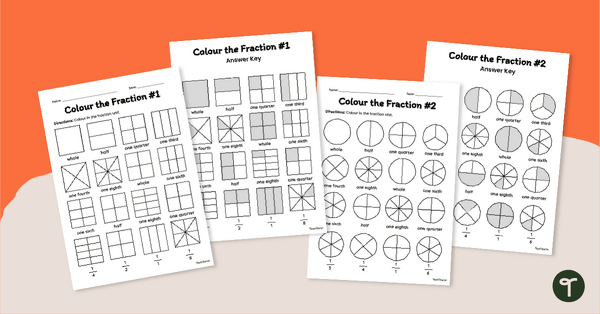
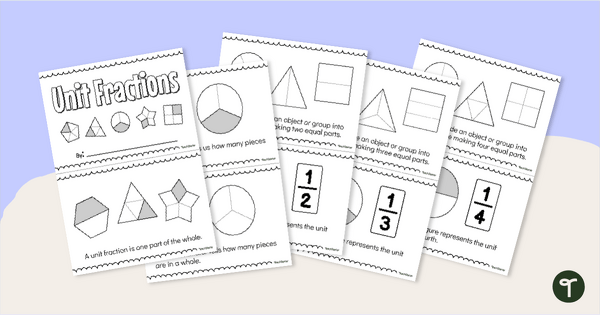
0 Comments
Write a review to help other teachers and parents like yourself. If you'd like to request a change to this resource, or report an error, select the corresponding tab above.